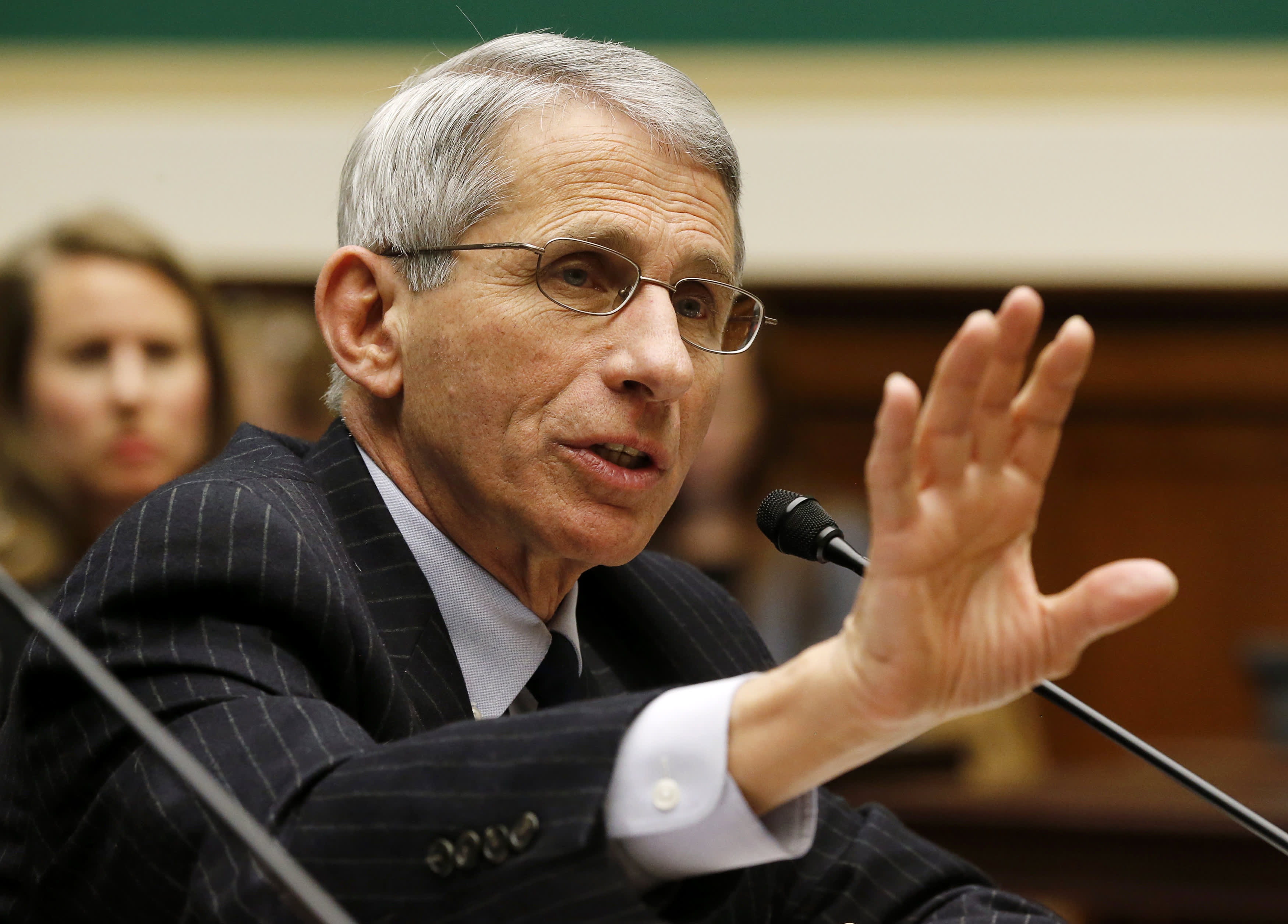On the Savills blog, Executive Director Alan Cheong recently examined the relationship between Singapore’s GDP and rising property prices. In this summary, we have selected the key points that we believe are most useful for homebuyers / investors right now; along with some thoughts and observations on site.
First, why do home prices align with GDP?
This was the first area we examined as it was often asked whether home prices should be related to GDP. Savills highlighted the following advantages to match the two:
- Prevents any further deterioration or improvement of a modified Gini coefficient for asset prices (the Gini coefficient is a way of describing inequality. In its broadest sense, the divide between the haves and the haves in Singapore is well reflected in the types of housing we buy.
- Reduce the likelihood of overconsumption in residential property (prevents too much residential property purchase)
- Balances changing home prices with changes in productivity *
- Keep household debts in check
* We understand that there are arguments about the relationship between GDP and productivity, but that is beyond the scope of this summary
There are drawbacks to this approach. A notable example is that having high home prices sometimes helps when GDP is falling given our high home ownership rate.
If you lose your job in a bad economy and need to downsize, for example, it helps when home prices are high so you can sell your condo for more. This could work for Singapore, as 90 percent of the population are homeowners with real estate assets.
ALSO READ: Buying Property in Singapore? 3 hottest residential complexes in the 3rd quarter of 2021
How well do current prices correspond to our GDP?
The Savills article notes that the current correlation is “already quite good”.
The tracking error, or the degree of difference between nominal GDP and the URA PPI, was 6.92 percent between 2000 and 2020. Between 2013 and 2020 it was 6.34 percent.
While there is no complete evidence as to why private property prices differ from the general economic situation, Savills said the causes have shifted from economic to psychological over the decades.
Some of the factors that they have identified as relevant are:
(Everything in brackets is our addition)
- HDB resale prices (if these are much cheaper they may be preferred to a smaller condo and vice versa)
- Property offer prices (the more expensive the property, the more the property developer has to invoice you)
- Land supply, including the number of GLS locations (when available land is scarce, prices for the land rise and the number of potential new homes falls)
- Alternative investment channels (during a recession, investors sometimes flee the stock markets or find that low interest rates make fixed income products unattractive; and they can plunge into the real estate market instead)
- Immigration policy towards highly qualified foreigners (these are usually more highly paid and are more likely to buy houses or rent private real estate)
- Political interventions (cooling measures, credit restrictions, licensing restrictions, etc.)
- Technology (consider the impact of instantly finding property prices in a large radius via a real estate portal. This was a major turning point from the past when prices were more opaque to homebuyers)
Policies are probably the most visible and dramatic factor; and authorities are using them to try to regulate (or relax) prices to better reflect wider economic realities.
However, Savills notes that certain policy intervention methods, such as ABSD, do not self-correct when markets reverse course. For example, the ABSD rate does not go down when house prices go down.
This can lead to measures that overcompensate and distort the market. The example given was between 2012 and 2017, when real estate prices lagged behind GDP growth due to cooling measures.
In addition, the cooling measures can trigger “adaptive expectations”. As we have also noted in recent cases, people may respond to cooling-off fears by speeding up their shopping (they want to buy before new measures take effect).
Cooling measures that “price out” population groups can also increase the underlying demand as an emotional effect. Part of the appeal of a $ 15,000 handbag, for example, is how unaffordable it is.
While the cooling measures have helped prices track GDP, there are potential long-term drawbacks
The Savills article notes that every time a cooling measure kicks in, prices “stagnate for an additional period” and then rise again. When they rise, they tend to skyrocket faster than actual economic growth.
The reasons why prices recover so quickly after cooling measures are:
- Belief in Singapore’s land shortage and associated belief that property prices can only go up
- Singapore is wooing new growth industries with lucrative salaries. This contributes to a higher demand for private real estate.
- Singaporeans’ cash has grown faster than nominal GDP:

Our households’ cash and cash equivalents grew by around 3.8 percent per year between 2013 and 2020. At the same time, nominal GDP only rose by around 2.6 percent.
With Singaporeans amassing wealth faster than the overall economy, we can still see increases in demand and property prices even in difficult economic conditions. The article suggested that this is negative overall – it may lead to further cooling measures being taken to curb demand and even more market distortions.
- An aging population of private homeowners
The number of older Singaporeans (50 to 69 years old) who owned private property was around 87,503 in 2000. In 2020 the number increased 2.5 times to 221,274.
When these senior Singaporeans retire and downgrade, they will drive up the cost of their right sized homes (e.g., resale homes or smaller condos). At the same time, they could offer their children so much wealth that two residential properties will be in demand in the next generation.
(The shrinking population of Singapore also contributes to this, as the accumulated wealth is distributed among fewer children).
In terms of sales volume, it’s mainly the number of developer introductions that correlates with new sales
The article pointed out that many of the “intuitive” variables that we would assume correlate well with developer sales, in fact, don’t. From 2004 to 2020 factors such as:
- GDP
- Home Loan Interest Rates
- Household wealth
- Unemployment rates and
- URA property price index (URA PPI)
None of them showed any “significant” correlation with developer sales. Rather, it was developer starts (from 2000 to 2020) that showed the best correlation:

Overall, it suggests to us that developers can move units almost no matter how well the overall economy is doing!
This could be another incentive to impose cooling measures as we see even mega-developments sell out despite the biggest drop in GDP since the beginning of last year.
Cooling measures can be a case for kicking the proverbial can on the street
The article notes that refrigeration measures were put in place “to lower demand by reducing affordability”. In a direct sense, this increases real estate inequality – the rich can buy their home now, while the less affluent take even longer to upgrade.
[[nid:531885]]
When the latter can finally afford a property, they could fulfill their wishes by straining their finances. Even if the concept of cooling measures is normalized (as we think of Stacked) it creates a constant demand.
If you don’t buy now, it might be less affordable when (not when) the next round of refrigeration begins. That mindset would be a worrying development, and we agree that this is one reason why Singaporeans buy regardless of broader buyers are economic issues.
The original article refers to Savills and goes into much more detail, but these are the most important points for buyers in our opinion.
As always, we recommend sticking to the parameters of affordability when buying. Don’t try to allow fear of cooling off or getting rich from relatives with their home as the main driver.
This article was first published in Stackedhomes.









